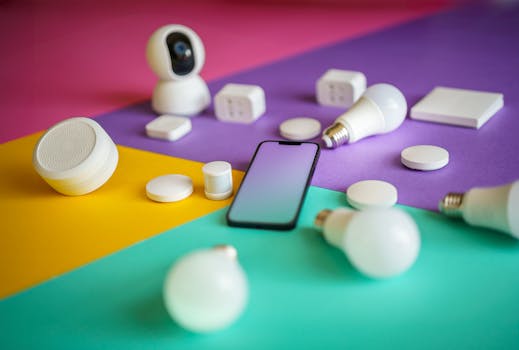Smart Connectivity: The Role of IoT in Modern Communication

Smart Connectivity: The Role of IoT in Modern Communication
Introduction to Smart Connectivity and IoT

Smart Connectivity, powered by the Internet of Things (IoT), is transforming the way we communicate, making it smarter, faster, and more efficient. The IoT refers to the network of physical devices, vehicles, home appliances, and other items that are embedded with sensors, software, and connectivity, allowing them to collect and exchange data. This technology has the potential to revolutionize the way we live, work, and interact with each other.
The IoT has already started to make a significant impact on our daily lives, from smart homes and cities to wearables and mobile devices. It is estimated that by 2025, there will be over 41 billion IoT devices connected to the internet, generating a vast amount of data that can be used to improve our lives.
In this article, we will explore the role of IoT in modern communication, its benefits, and its potential applications.
The Benefits of Smart Connectivity

Smart Connectivity has several benefits that are making it an essential part of modern communication. Some of the key benefits include:
Improved efficiency: IoT devices can automate many tasks, making our lives easier and more efficient. For example, smart thermostats can learn our temperature preferences and adjust the temperature accordingly, saving energy and money.
Enhanced customer experience: IoT devices can provide real-time feedback, allowing companies to improve their products and services. For instance, wearable devices can track our fitness activities, providing valuable insights that can help us improve our health and wellness.
Increased productivity: IoT devices can help us stay connected and productive, even on the go. Mobile devices, for example, allow us to access emails, documents, and other important information from anywhere, at any time.
Applications of Smart Connectivity

Smart Connectivity has a wide range of applications across various industries, including:
Healthcare: IoT devices can be used to monitor patients remotely, track their health, and provide personalized care. For example, smart glucose monitors can track blood sugar levels, sending alerts to healthcare professionals in case of any abnormalities.
Transportation: IoT devices can be used to improve traffic management, reduce congestion, and enhance safety. For instance, smart traffic lights can adjust their timing based on traffic conditions, reducing wait times and minimizing the risk of accidents.
Manufacturing: IoT devices can be used to improve efficiency, reduce waste, and enhance product quality. For example, smart sensors can monitor equipment performance, detecting any issues before they become major problems.
Conclusion

In conclusion, Smart Connectivity, powered by the Internet of Things (IoT), is revolutionizing the way we communicate, making it smarter, faster, and more efficient. With its wide range of applications across various industries, IoT has the potential to transform our lives, improving efficiency, productivity, and customer experience. As the number of IoT devices continues to grow, we can expect to see even more innovative applications of this technology in the future.